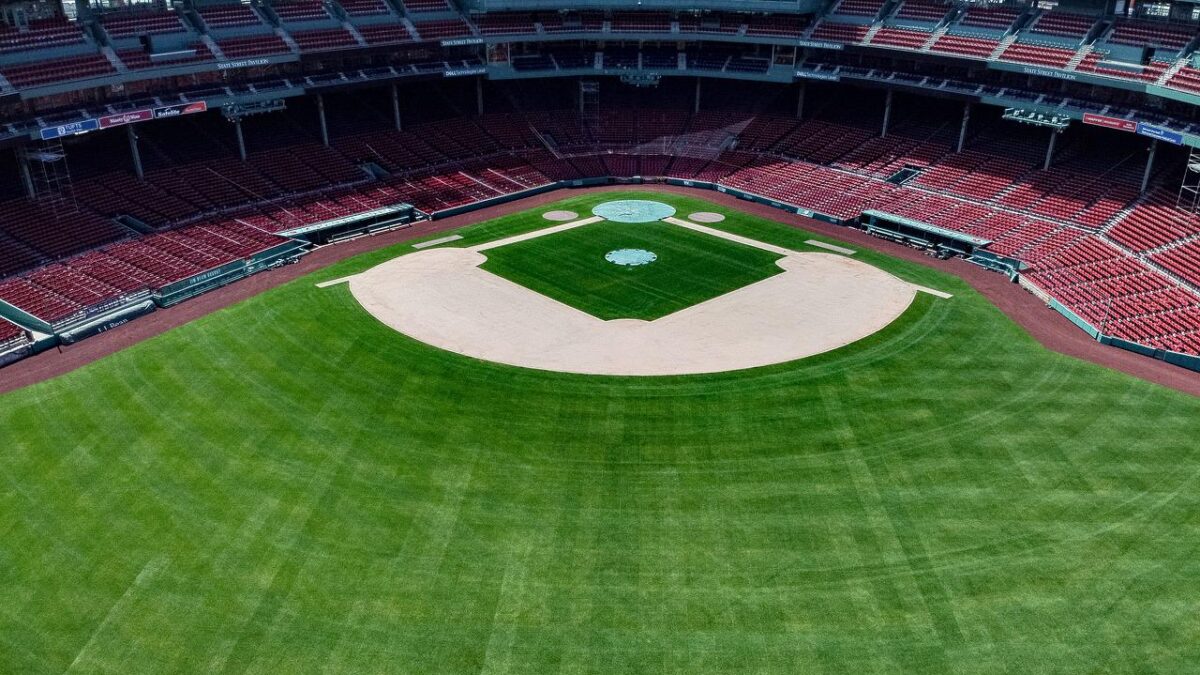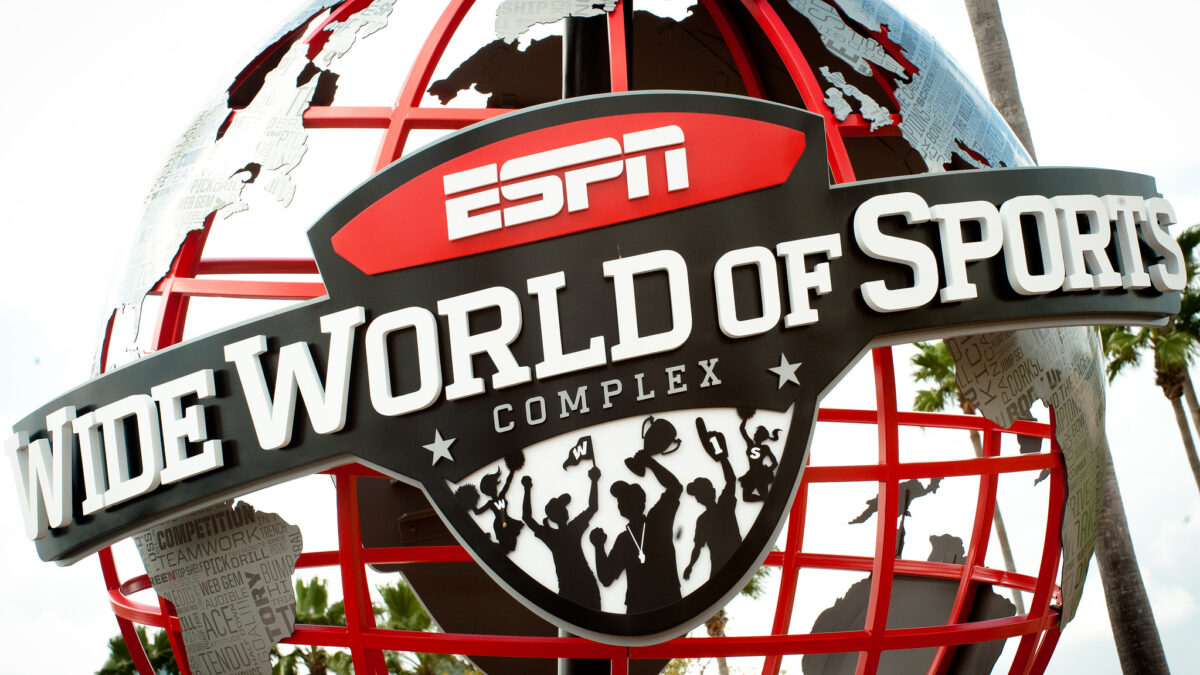After months of uncertainty and a 99-day lockout by club owners, Major League Baseball’s management and players finally reached a labor agreement last week. The agreement didn’t take long to move to the implementation phase, as an abbreviated spring training started over the weekend, with exhibition games beginning on Thursday.
The timing of the deal means baseball fans will get to see a full, 162-game season. Opening Day will come on April 7, one week later than originally scheduled. Postponing the season’s start date by a week means teams will play more double-headers to get in all 162 games, but may help fans in the Northeast and Midwest, who often have to brave frigid late March conditions when the season starts so early.
Just as important, the season will be in full swing by April 15—75 years to the day after Jackie Robinson (re-)integrated baseball. For baseball not to play games on a milestone anniversary of the most important cultural event in American sports history would have represented a major failure of the sport’s leadership.
But for all the upsides of the game returning, the agreement comes with several drawbacks. Notably, the National League will now adopt the designated hitter, going along with a trend started by the American League nearly half a century ago. The move won’t just mean that pitchers will never have to learn how to hit to play in the majors. It also means that aging veterans can hang on to their careers even if they become too slow or clumsy to play the field, expanding baseball’s version of the welfare state.
A similar theme runs through other elements of the agreement. Instead of attempting to solve what ails baseball through market incentives incorporated into the agreement, it instead will try to do so through regulatory edicts. As with government, baseball could learn the hard way that clumsy solutions imposed from on high bring unintended consequences.
Analytics in Overdrive
A February column from Tom Verducci of Sports Illustrated demonstrated the “story behind the story” of baseball’s labor strife all winter. In his telling, baseball players felt burned by their last labor deal and wanted a reset.
Over the past few years, teams’ newfound interest in analytics has made them less interested in signing mid-career free agents in their late 20s or early 30s. With players having shorter careers, the players’ union pushed for big increases in minimum salaries, so young players can “cash in” right away. They also wanted an increase in the “luxury tax” threshold, where teams with payrolls above that threshold must pay revenue to other clubs. This in many ways functions as a de facto salary cap.
Other problems related to analytics plague the game. Defensive shifts—in which players congregate to one side of the infield—make it more difficult for batters to put the ball in play. The shifts, along with analytical metrics, encourage teams to prioritize home runs. The combination of overpowering pitchers—who don’t have to throw for many innings, due to deeper bullpens—and hitters swinging for the proverbial fences leads to more strikeouts.
Verducci noted the end result of all these moves: A game with more walks, more strikeouts, and more pitching changes. Not just a slower game, but a more boring game too, with less action, and fewer balls being put in play.
Baseball tried to address some of these pace-of-play issues in the labor agreement, appearing to set the table for a pitch clock, and a ban on the defensive shift, for the 2023 season. But it could have done a more elegant job at reforming the game by instead relying on the old maxim that time is money.
The Better Solution
Rather than relying upon a pitch clock as an arbitrary and controversial way to speed up the game, baseball should have used incentives to do so. Specifically, baseball should have linked important financial metrics players cared about—like minimum salaries and the luxury tax threshold—to reductions in the average game time over a 162-game season.
To provide a hypothetical example: As of March 1—when baseball postponed Opening Day after both sides failed to reach an agreement—the owners proposed a luxury tax threshold of $220 million for three years, while the players wanted a threshold starting at $238 million this year, rising to $263 million in 2026.
The owners and players could have agreed to the players’ numbers, provided that the average game length gets reduced by 20 minutes. If the average game length stays the same, then the owners’ numbers control. If the average game length goes down by 10 minutes, then split the difference between the two.
Obviously, baseball players and owners could fine-tune these types of details. But the basic premise holds: Tie players’ aggregate compensation levels to their ability to speed up the game. It could work far more effectively than setting arbitrary limits like imposing a pitch clock.
Think about it: Which would more effectively get you to speed up your play—someone ordering you to do so, or you knowing that the extra practice swing in the batter’s box, or additional nervous twitch on the pitcher’s mound, could cost you thousands of dollars in salary? The question practically answers itself.
A Quicker Game Is a More Popular Game
Baseball has a serious pace-of-play problem. The average game length has gone up by 22 minutes since 2005 and now totals 3:11. Lest one think a longer game equates to a better or more dramatic game, consider that Game 6 of the 1977 World Series, in which Reggie Jackson became “Mr. October” by hitting three home runs on three straight pitches, took a total of only 2 hours and 18 minutes—almost one hour less than the average regular-season game took in 2021.
Although last week’s labor agreement didn’t contain explicit financial incentives to speed up the pace of play, Major League Baseball should still offer such incentives to the players. Even if it costs them some money up-front via additional incentive payments, cutting the average game time by, say, half an hour would yield huge financial benefits for baseball. More fans willing to go to games would yield more ticket sales, while more fans watching faster-paced games on TV would create bigger revenues from media contracts.
Tying financial incentives to an increased pace of play represents the ultimate “win-win” solution for baseball. Which, come to think of it, is probably the reason baseball hasn’t tried it.









